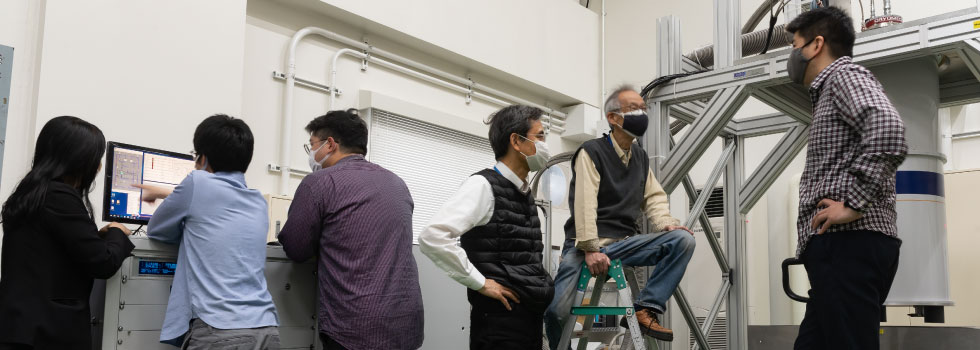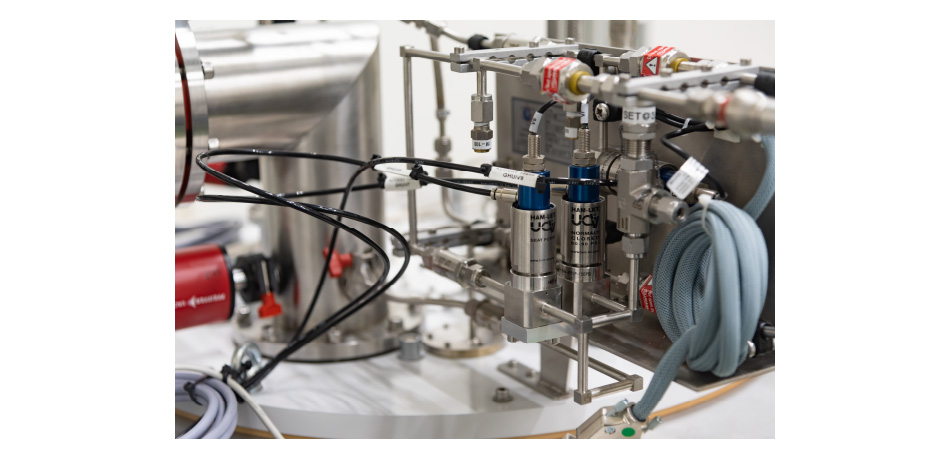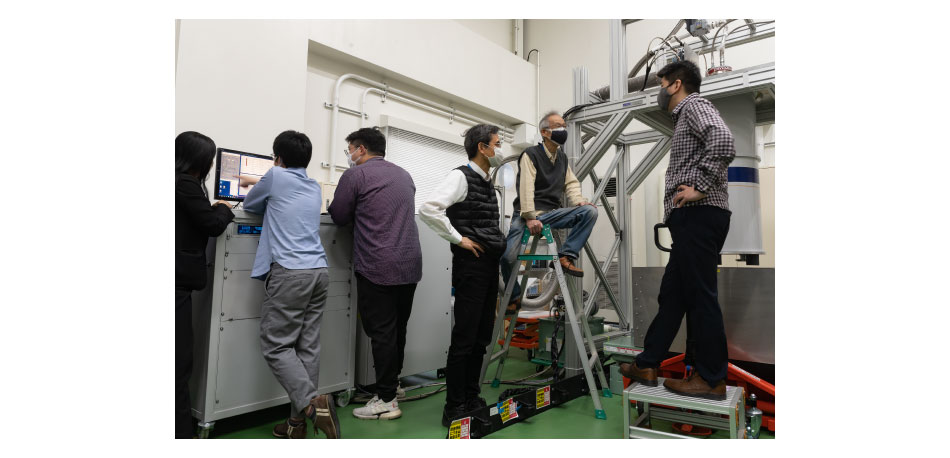
Development of isotope enrichment technology and its application to ultra-sensitive radiation detectors for rare event measurement
The chemical properties are determined by the element, but the physical properties of the same element can vary greatly depending on an isotope. Some enriched isotopes have special significance in fundamental science research. For example, 48Ca is one of the most interesting nuclei for the study of double beta decay to verify the lepton number non-conserving process and for the study of superheavy elements. However there is no enrichment technology that can supply an enough amount. There are several other isotopes that are essential for engineering and medical applications but cannot be supplied in sufficient quantities. Our group will develop isotope enrichment technology that will be a breakthrough for next-generation research, and will also develop, as an application of this technology, highly sensitive measurement instruments to search for ultra-rare events such as double beta decay.
FEATURE
Aiming to produce large amounts of 48Ca and other rare isotopes.
Developing ingeneous isotope enrichment techniques using high-power lasers and electrophoresis.
Developing a high-performance instrument called a scintillating bolometer with an excellent energy resolution.
The isotope-enriched materials are used to fabricate radiation detectors such as scintillators.
RESULTS
Research progress
Successful verification of principle of isotope enrichment methods
We have been working on developing isotope enrichment methods based on laser enrichment and electrophoresis, and have successfully verified the principle of enrichment techniques for specific isotopes (48Ca and 6Li) in on our previous research.
To drastically improve the energy resolution of radiation detectors, we have developed a scintillating bolometer for CaF2 that operates in a cryogenic environment (10mK). By improving the signal detection technique and enriching the isotope, it can be expanded to rare event measurement.

Further development
Toward mass production of enriched isotopes and its use
The design of the next-generation equipment that will embody mass production of enriched isotopes has become clear. The low isotopic ratio of 48Ca (0.19%) is to be increased to more than 50% through the enrichment. The 48Ca enrichment will be achieved by developing a high-power laser in collaboration with researchers in different fields (nuclear engineering and optical engineering).
The isotope enriched by this research will be used to establish a method for the production of high-purity scintillator crystals. An extremely low radioactivity environment is essential for the measurement of rare events, and we will develop a method for producing crystals of ultra-high purity (10 nano-becquerels per gram) with extremely low radioactive impurities.
The scintillating bolometer incorporates many new radiation detector technologies to achieve high energy resolution. It is essential to develop and improve elements that use various types of superconducting sensors (called MMC, TES, KID, etc.) to detect phonons with high sensitivity. Although these sensors have been used in radiation detectors for only very limited purposes, we can foresee dramatic improvements in various detection sensitivities if we can generalize the signal readout technology and make it available for radiation detectors in a broader research field.
